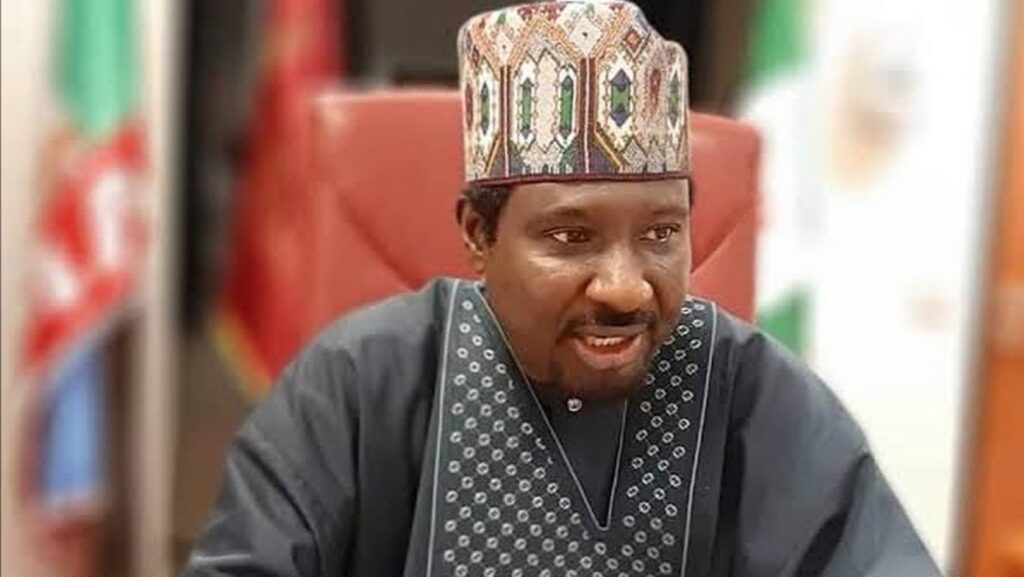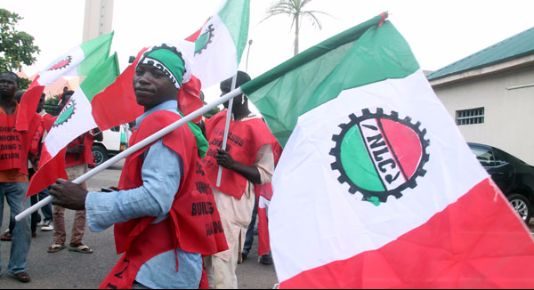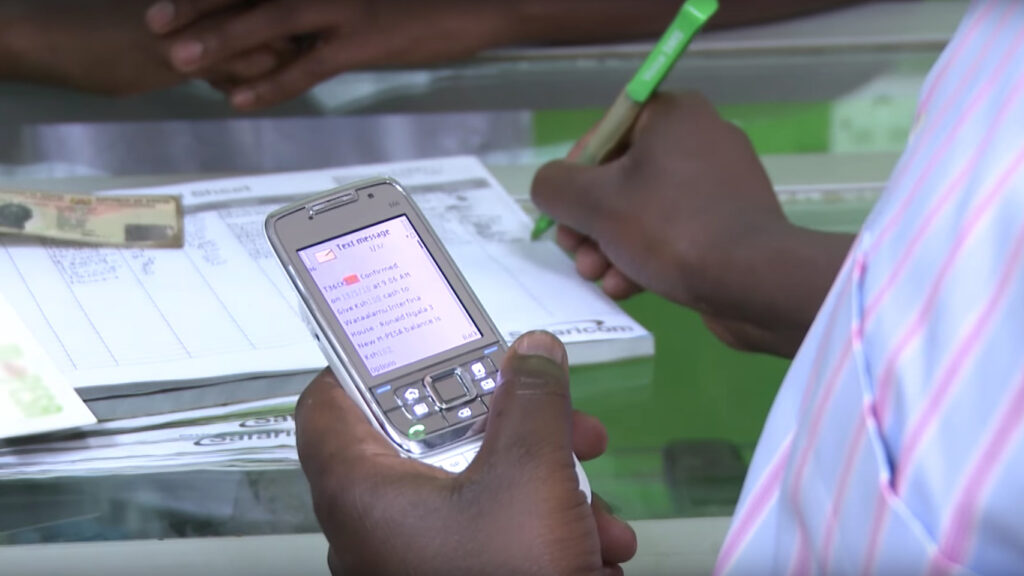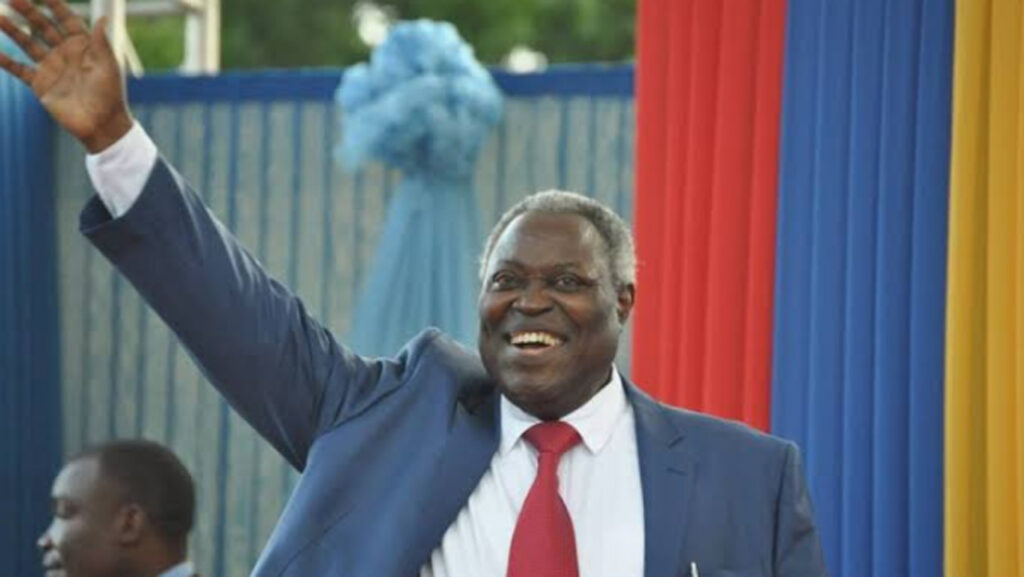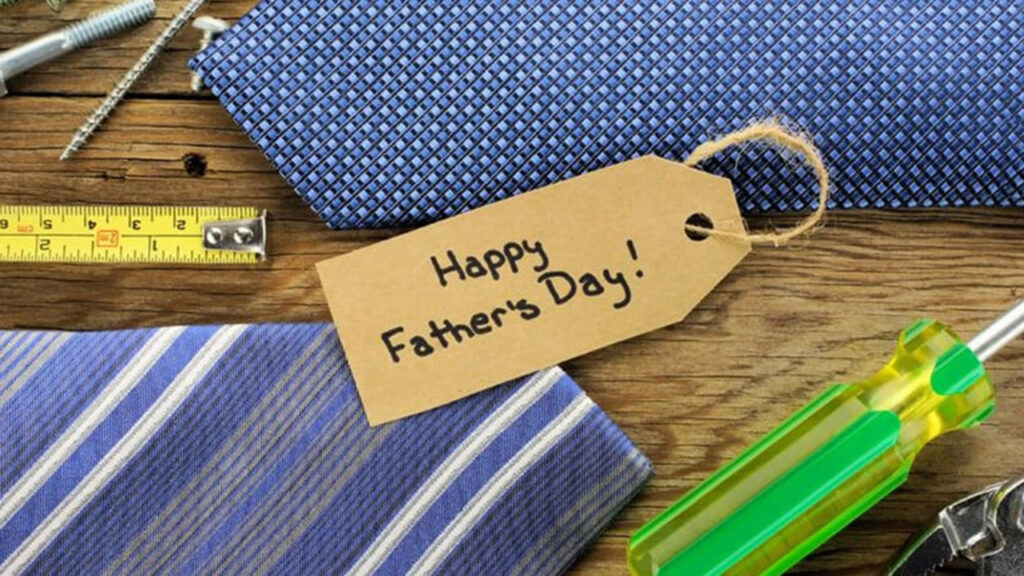
At the recently concluded 2021 African Cup of Nations held in Cameroun (hosted in 2022 due to a postponement), I took a keen interest in observing the commercial opportunities surrounding the tournament and how much of these had been utilised by Africans. My conclusion was that, while the tournament was an ‘African’ tournament, the fundamental business opportunities surrounding it had its base elsewhere. Despite fears surrounding the tournament, it was a largely successful one and it brought about continental unity during the period. However, while the matches were going on, I looked at the kit manufacturers for each national team that participated in the tournament.
In a research visual piece published by Provisio Digital, there were 19 national teams with sport kits produced by foreign companies and 5 national teams that worked with home-based companies. “Of the 19 national teams with foreign kit manufacturers, 18 are based in Europe and 1 in North America.” Germany had the most represented sports brand at the tournament with 8 national teams, including the finalists, Senegal and Egypt adorning kits made by German vendors.
What is the science behind sports kits? The Indomitable Lions of Cameroon famously wore a basketball-inspired sleeveless jersey from 2002 to 2003. During this time, the team won the 2002 AFCON as well as getting to the finals of the Confederations Cup the following year – the latter was eclipsed by the death of Marc Vivien Foe who collapsed and later died in the semi-final game against Colombia. The jersey was eventually banned by FIFA but it remained one of the most memorable kits ever won by an African Team and inspired fears in the minds of opponents (although this did not work at the 2002 World Cup). Some factors considered in producing football jerseys are the choice of fabric, the ability of the jerseys to absorb sweat or/and deal with rainy conditions (as players may be exposed to harsh weather), durability, convenience (e.g. allowing easy player movement), visibility in different conditions among others.
Topping up the material design of sports jerseys is the design added to the materials and this is where the branding and merchandise of jerseys come in. Nigeria’s current jersey has been the source of interest to football followers.
While the players can assess the functionality of the jersey, the fans are appealed by the design. The appeal of the jersey spurs massive sales in replica jerseys. Think about the most populous African nation on earth and the numbers!
According to CAF, AFCON 2021 was broadcasted in over 150 countries and this was no surprise on how media companies jostled for broadcast rights. To cap this, the final involved two of the biggest African exports to the European Market. Upon seeing the analysis of the sports jerseys, I began to see missed opportunities by African FAs (Football Association) in contributing to economic development in their various countries. To be clear, this is not to enforce only home-grown producers on countries – after all, in the business world, companies actively seek out opportunities and produce value to those who need it. There is a benefit to these sports brands when it comes to partnering with national teams but in a continent thriving with a huge youth population finding a means of expression and serving as the second most populous continent in the world, FAs have to start considering how their local textile industries can benefit from football activities and their national teams/leagues.
One FA that took a different turn was the Football Association of Malawi (FAM). In 2021, FAM’s commercial director Limbani Matola said “what we have established is that firms such as Adidas, Puma and Umbro are just agents and they take their designs to manufacturing companies in Asia to produce for them and in turn they supply to us. By dealing directly with manufacturers, replica jerseys will be affordable”. He also revealed that big brands dictated terms for developing countries such as Malawi. After partnering with a South African sports apparel design firm, the FAM went solo for the 2022 AFCON by partnering with local designers and producing in Asia (another miss). Despite logistical challenges, the FA sold ¾ of its consignment.
This highlights production, manufacturing, economies of scale, marketing and distribution challenges within the African continent. When signing deals, technology transfer and local capacity development in the manufacturing, design and distribution of these kits should be considered. Football administration should be devolved off politicians and given to sports’ business professionals who will bring in ideas that will turn into taxes for the government. Politicians are often interested in massaging their egos and using the national teams as political points – the bigger picture is that a national team does not always need to win tournaments to be successful. Governments can regulate while the market is open for serious investors who can create jobs for the economy.
In a conversation with Leaders of Africa Institute Scholar about this trend, Dr Gbolahan Odularu suggested the AFDB’s to drive the initiative of financing African textile manufacturers in kit production and design as well as ensuring that the FAs are given clauses to promote local content when consulting government officials. This in my opinion is a faster way of overcoming potential government bottlenecks when ideas are shared. There is a large impact on local textile producers, entrepreneurs, creatives, fashion outlets and sciences if FAs decide to look inwards rather than outsourcing abroad. The AfCFTA agreement is another means to collaborate within the continent where technological challenges may arise in some parts of the continent. As the AfCFTA obliges members to cut 90% of tariffs on goods traded within the area, there can be an easy trade between African countries that have comparative advantages over the other – Country A has the technology, Country B has the materials. Both countries facilitate the movement of capital and people via trade collaborations. It must be noted that the authenticity of African designers on print should not be overshadowed by foreign commercial interests so as to empower local creatives in passing the tradition of African storytelling through fabric design.
From the commentators to the VAR analysts to the sports sponsorship deals to the kits, Africans appeared largely to be spectators or at best, associates at the 2022 AFCON. Following the tournament’s commercial success, it is time to take a paradigm shift as the 2023 AFCON approaches.
Yusuf-Adebola is a fraud risk consultant and systems thinker.


